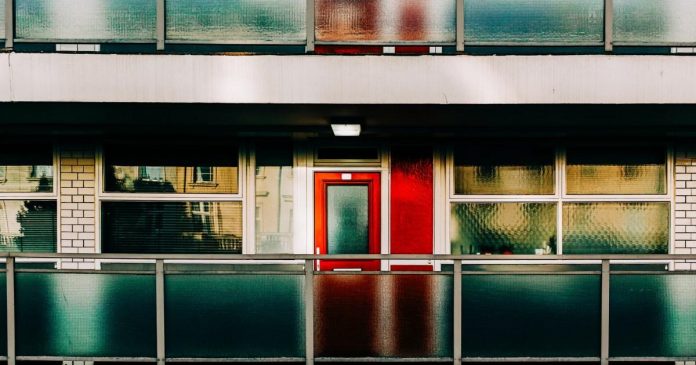UK housing market: What is Right To Buy and its impact on property ownership?
The UK housing market has long been known for its challenges, from outrageous property listings to exorbitant rent prices. However, there is a side to the industry that has significantly altered the landscape of homeownership and access to the property ladder. This change can be attributed to a policy introduced over 40 years ago called Right To Buy.
Right To Buy is a controversial scheme that allows tenants to purchase their rented properties from the council. Originally intended to promote homeownership, it has now taken an unexpected turn. According to recent research from the New Economics Foundation (NEF), over 40% of council homes sold under Right To Buy are now owned by private landlords. This outcome was likely unforeseen by the policy’s creators.
So, what exactly is Right To Buy and how has it influenced the property market? Louise Drew, head of building communities at Shakespeare Martineau, explains that it is a scheme in the UK that grants council house and housing association tenants the opportunity to buy their homes at a heavily discounted rate. However, certain restrictions apply, such as a minimum residency period of five years and a prohibition on immediate resale.
Since its introduction in 1980 under Conservative Prime Minister Margaret Thatcher, approximately 300,000 council homes have been sold off through Right To Buy, as reported by London Councils. Meanwhile, London boroughs currently have a staggering 301,000 households on their waiting lists.
Critics argue that while the scheme allows council tenants to become homeowners at reduced prices, it has resulted in a decrease in available homes on the market. Council-owned properties are being transformed into private-owned homes, exacerbating the housing shortage. Additionally, the construction of new council houses to replace those sold off through Right To Buy has been stagnant in recent years. This means that when council houses are sold, they are not always being replaced.
Statistics from homelessness charity Shelter reveal a stark contrast in the construction of social homes between the 1960s and the 2010s. In the 1960s, 1.24 million social homes were built, while only 150,000 were constructed in the 2010s. Furthermore, in 1969 alone, the UK built more social rent homes than in the past 12 years combined.
In 2023, although 11,400 new social rent homes were built, the UK also sold 19,000 homes through Right To Buy. Additionally, at least 3,000 homes were demolished, and 1,000 were converted from council properties to affordable rent. This further demonstrates the impact of the scheme on the availability of social housing.
In conclusion, Right To Buy has significantly altered the property market in the UK. While it allows council tenants to become homeowners, the policy has inadvertently led to a decrease in available homes and a stagnation in the construction of new council houses. The long-term consequences of this scheme on the housing crisis and the ability for individuals to access affordable housing remain to be seen.
London Leads the Way in Rebuilding Council Homes
The UK is facing a housing crisis, particularly in the council housing sector, with not enough homes being built. However, London is setting an example for the rest of the country by actively replacing and rebuilding new council properties.
Mayor of London, Sadiq Khan, has made it his mission to construct new council homes. Since taking office in May 2016, the Mayor’s office reports that an average of 89 new council homes per week have begun construction.
In 2023, local authorities in the capital took the lead by building “twice as many council homes than the rest of the country combined.” A staggering 11,000 new properties were started between 2022 and 2023.
While the Right to Buy scheme has its drawbacks, it has contributed to the decline in social housing stock across the country. According to a recent report by Marrons, Greater London’s social housing stock is expected to decrease by 95,000 homes by 2040, many of which will have been sold off under the Right to Buy scheme. This, coupled with a growing council housing waiting list, creates a housing crisis.
The system is also susceptible to abuse. Vulnerable individuals have been approached and offered money to purchase their homes, only to be coerced into handing them over to predatory third parties after the five-year period. Additionally, there have been cases where children convince their parents to buy their council houses, only to inherit the properties and avoid paying inheritance tax. This puts the parents at risk of homelessness.
On the other hand, the Right to Buy scheme does provide an opportunity for individuals to become homeowners, which is increasingly challenging in the current market. However, the replacement of sold council houses is happening at a slow pace, and many homes sold under the scheme end up back in the private rental market without proper refurbishment, leading to a decrease in housing quality.
London’s efforts in rebuilding council homes are commendable, but more needs to be done nationwide to address the housing crisis.

